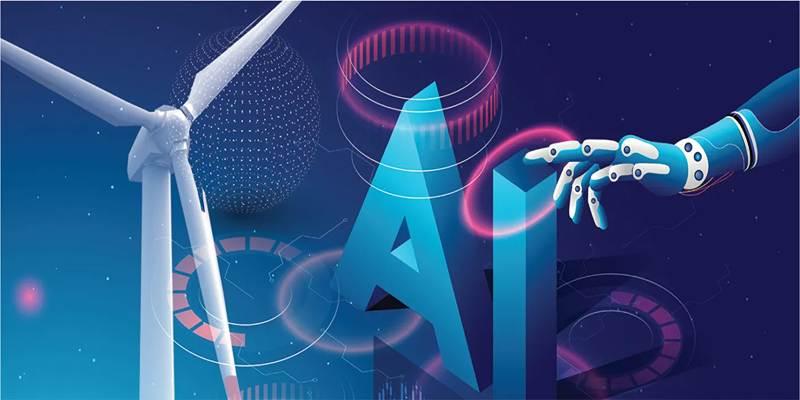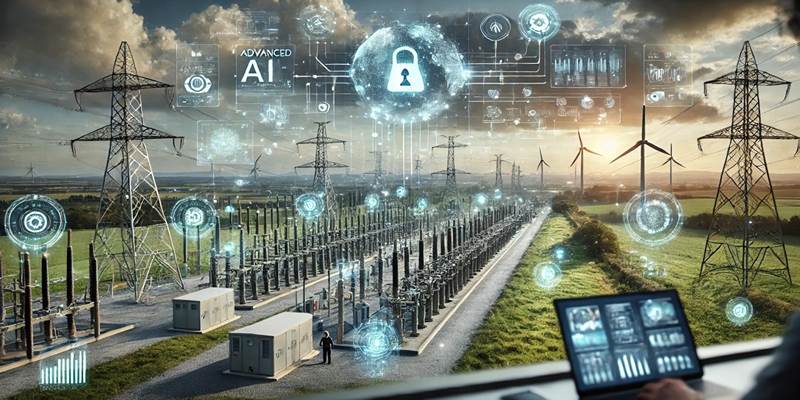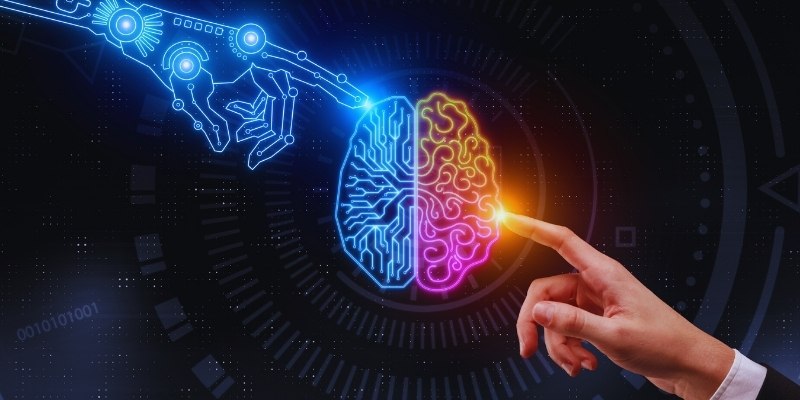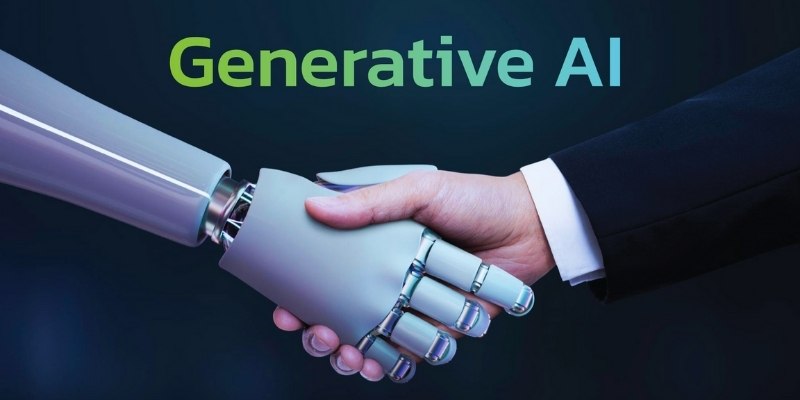Wind energy has become one of the most important sources of renewable energy around the world. With growing concerns about climate change and the need to reduce carbon emissions, many countries are investing in wind power. But like any technology, wind turbines face performance and maintenance challenges. This is where Artificial Intelligence (AI) steps in to make a real difference.
AI is helping wind energy companies improve the performance of wind turbines, cut down maintenance costs, and extend the life of equipment. Let’s take a closer look at how AI is changing the game in the wind energy sector.
The Need for Smarter Wind Energy Systems
A wind turbine is a complicated machine with many parts that move. These parts get worn out over time, and if you don't check them often, they can break. It causes things to break down, costs a lot to fix, and wastes energy.
Maintenance teams used to have to check turbines at set times, even if the machines were running fine. This method costs a lot of money and takes a lot of time. AI has made it possible for businesses to keep an eye on turbine performance in real-time and spot problems before they happen. It makes things run more smoothly and gets more energy out.
How AI Helps Improve Wind Turbine Performance
AI can collect and analyze large amounts of data from wind turbines, such as wind speed, rotor speed, power output, temperature, and vibration levels. These data points are constantly monitored and processed using machine learning algorithms.
Here’s how AI enhances turbine performance:
- Real-time monitoring: AI systems track turbine activity 24/7, ensuring every part works smoothly.
- Performance optimization: AI adjusts turbine settings based on wind patterns for better efficiency.
- Smart control systems: AI can manage multiple turbines in a wind farm to work together most effectively.
- Weather forecasting: AI uses historical data to predict wind speeds and weather patterns, helping turbines generate more energy.
Predictive Maintenance with AI

One of the most valuable uses of AI in wind energy is predictive maintenance. Instead of waiting for a breakdown, AI systems predict which parts might fail soon and alert maintenance teams in advance. It reduces the risk of sudden failures and cuts maintenance costs. Before diving deeper, it’s important to understand that predictive maintenance relies on sensors and historical data.
Key Benefits of Predictive Maintenance
Using AI-powered predictive maintenance has several advantages:
- Less downtime: Turbines stay active longer without unexpected failures.
- Lower costs: Early detection of faults saves money on major repairs.
- Improved safety: Technicians can avoid risky on-site inspections.
- Longer lifespan: Turbines last longer with timely part replacements.
These benefits are crucial, especially for offshore wind farms where access to turbines can be difficult and costly.
AI-Powered Drones and Robots for Inspection
AI isn’t just helping inside the turbines—it’s also enhancing how they’re inspected from the outside. Traditionally, technicians needed to climb turbine towers to visually inspect blades and towers. This method was slow, dangerous, and limited in detail.
Now, AI-powered drones and climbing robots are handling these tasks. These machines capture high-resolution images and video footage of turbine surfaces. Then, AI algorithms process the visuals to detect cracks, rust, or erosion, even at early stages.
Advantages of AI drone inspections include:
- Faster inspection times
- Reduced human risk
- Detection of small defects missed by the human eye
- Automated report generation for maintenance planning
By reducing manual labor and increasing inspection frequency, AI ensures turbines remain in top working condition throughout their operational life.
Data Analytics and Wind Farm Management
Managing a large wind farm involves coordinating hundreds of turbines. AI helps by using data analytics to improve farm-wide efficiency.
For example:
- AI can spot patterns in energy output to find underperforming turbines.
- It can suggest changes to turbine settings based on wind directions.
- AI tools can simulate different operational scenarios to find the best strategies.
This kind of smart decision-making leads to higher energy production and better use of resources.
Challenges and Future Possibilities
While AI offers many benefits, there are still challenges to overcome in wind energy:
- Data quality: AI needs accurate data to work well. Poor sensor data can lead to wrong decisions.
- Cybersecurity: As turbines become more connected, protecting systems from cyberattacks is vital.
- High initial cost: Setting up AI systems and sensors can be expensive for small energy companies.
Despite these hurdles, the future of AI in wind energy looks promising. As AI technology becomes more advanced and affordable, you can expect even more improvements in turbine performance and maintenance.
Real-World Examples of AI in Wind Energy

Several companies are already using AI to boost their wind energy operations:
- GE Renewable Energy uses AI to analyze turbine data and predict failures.
- Siemens Gamesa integrates AI with digital twins to simulate turbine behavior and improve efficiency.
- Vestas has developed cloud-based AI platforms for real-time turbine monitoring.
These real-world applications show that AI is not just a theory—it’s already driving real results in the wind energy industry.
Conclusion
AI in wind energy represents the future of efficient, reliable, and cost-effective renewable power. From boosting turbine performance to transforming maintenance through predictive insights and automated inspections, AI offers wind farm operators powerful tools to maximize productivity. As the world continues its shift to renewable energy, embracing AI will help wind energy companies stay competitive, reduce emissions, and deliver clean power more effectively. The blend of technology and sustainability is proving to be a winning formula for both the planet and the industry. For wind energy providers looking to scale operations and cut maintenance costs, AI is no longer optional—it’s essential.











